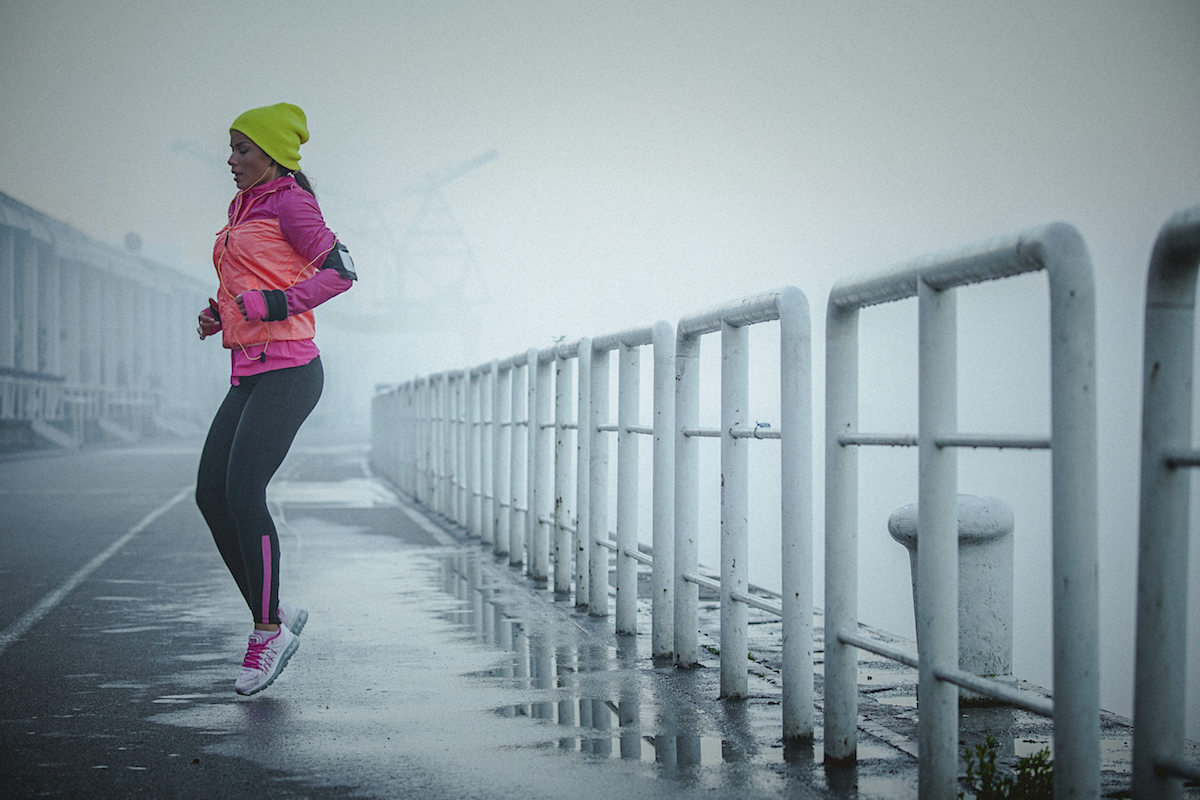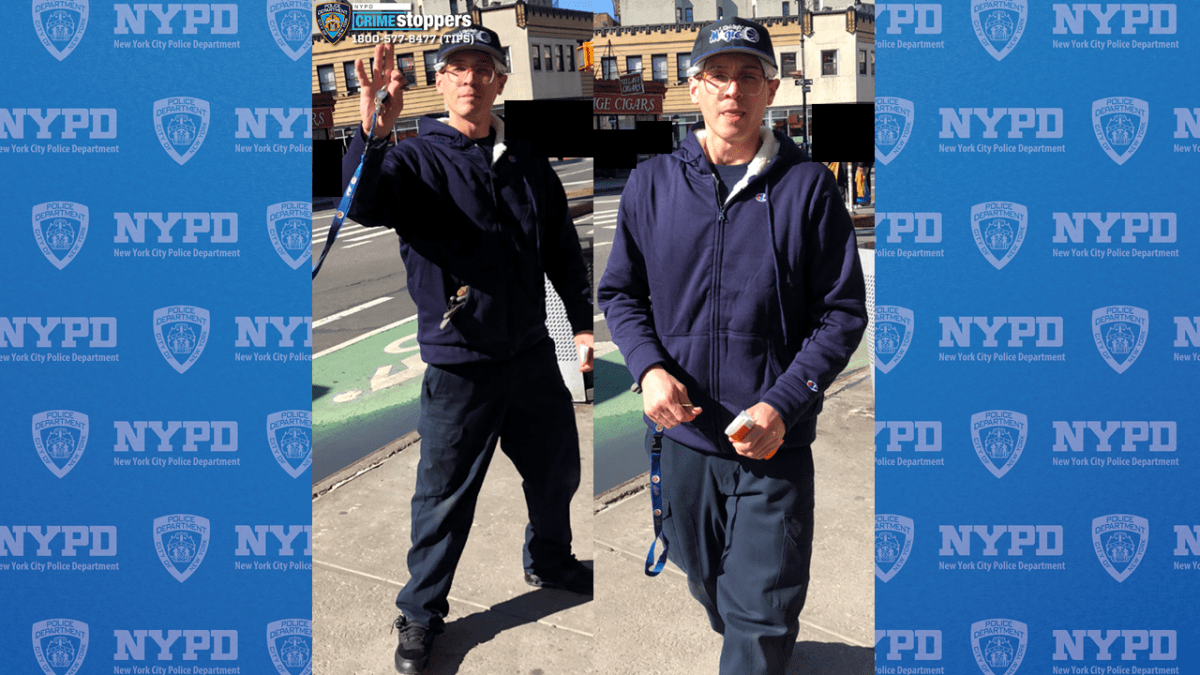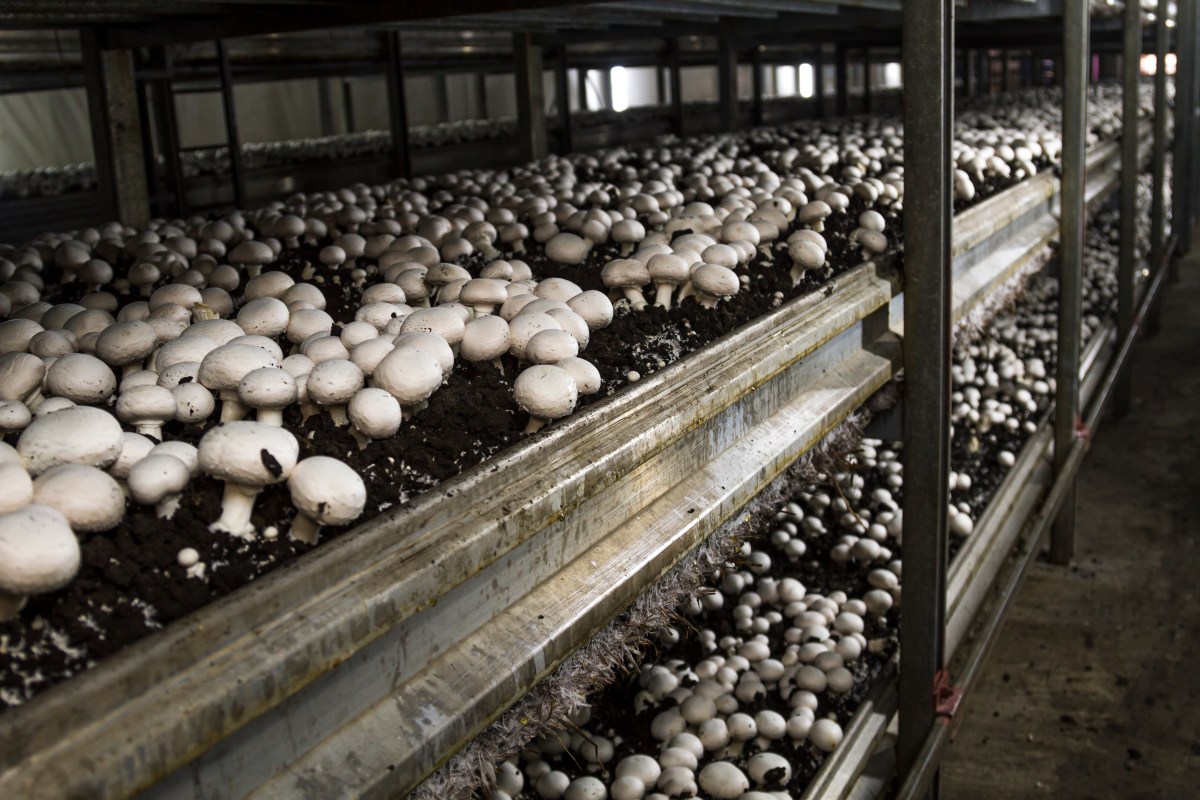Staying motivated to exercise regularly is hard enough; once winter strikes and the temperature drops, many of us eschew the idea of going for a run or a bike ride, instead opting to camp out under a blanket on the couch.
But much of that feeling of intimidation can be chalked up to inadequate preparation. Once you know what to wear to steel yourself against the elements and how to adjust your training regimen, the rest is mental. Here are some tips that will help keep you moving during the sluggish season.
Knowing the risks
Anthony D’Angelo, a physical therapist and strength and conditioning specialist with Professional Physical Therapy in Manhattan, says being able to identify the symptoms of frostbite and hypothermia is a top priority.
He recommends training in the cold weather with a buddy, who can help spot signs of frostbite (numbness, tingling, hardness of skin) and hypothermia (shivering, slurred speech, loss of coordination).
The rule of layering
Dave DiCerbo, the founder of Destination Backcountry Adventures,who leads New Yorkers on hiking and camping trips upstate, says, “Moisture is as much your enemy in the winter as the cold.” Taking into account the role sweat plays in your comfort level is key for any type of winter workout.
Your base layer should be a close fitting, thin to medium-thick synthetic garment that will wick away moisture from your body so that you don’t end up shivering in your own sweat. Uniqlo thermal wear is an affordable and satisfactory option. If it’s an especially chilly day, go for a wool-synthetic blend: the synthetic will absorb your sweat, while the wool insulates well when wet, “so you get the best of both worlds,” says DiCerbo. Cotton, which retains moisture, should be avoided.
Next, you’ll need an insulating layer to help capture your body heat: a wool sweater, down vest or a fleece. And finally, an outer layer, or shell, such as a waterproof windbreaker, will protect you from wind and precipitation.
The trick is layering and delayering as your body temperature varies. “Don’t sweat through your layers,” he says.
Protecting your extremities
DiCerbo prefers wearing glove liners, which allow for dexterity, and then topping them with mittens for an extra insulating layer.
If you’re biking — in which case mittens won’t provide much in the way of functionality — Sam Richardson, manager at Bicycles NYC, warns against gloves that are too tight, which won’t keep your fingers warm. You’ll want them to fit “slightly looser than snug” so as to allow your body heat to warm the air between your fingers and the glove.
Richardson recommends a neck gaiter, which you can also pull up to cover your face, to help brace yourself against the wind (also applicable for runners). Helmet or skull caps, essentially a sock for your head, fit nicely under your helmet and cover your ears, “keeping the breeze off your dome piece,” as he puts it.
Rather than doubling up on socks, which will cut off circulation to your feet, opt for a thicker brand, such as the Gore Thermo Road, he says. Winter cycling shoes, which are waterproof and insulated, are a worthwhile investment for a frequent cyclist. Toe covers, which you can slip over your regular shoes to protect your toes from the wind, make all the difference on a chilly ride.
Training tips to consider
Muscles tend to tighten up in the cold weather. D’Angelo recommends stretching the major muscles — achilles tendon, calves, hamstrings and quads — before as well as after a workout.
Using a foam roller to roll out your muscles after a workout helps loosen up the fascia, the layer of tissue between skin and muscle, and has the same effect as a massage.
Respiratory conditions are often exacerbated by the cold. For those who have asthma or have a history of bronchitis, D’Angelo suggests scaling back on training outdoors in the colder months.
Finally, make sure you stay hydrated. “You can perspire just as much in the cold as the heat,” D’Angelo says.

























